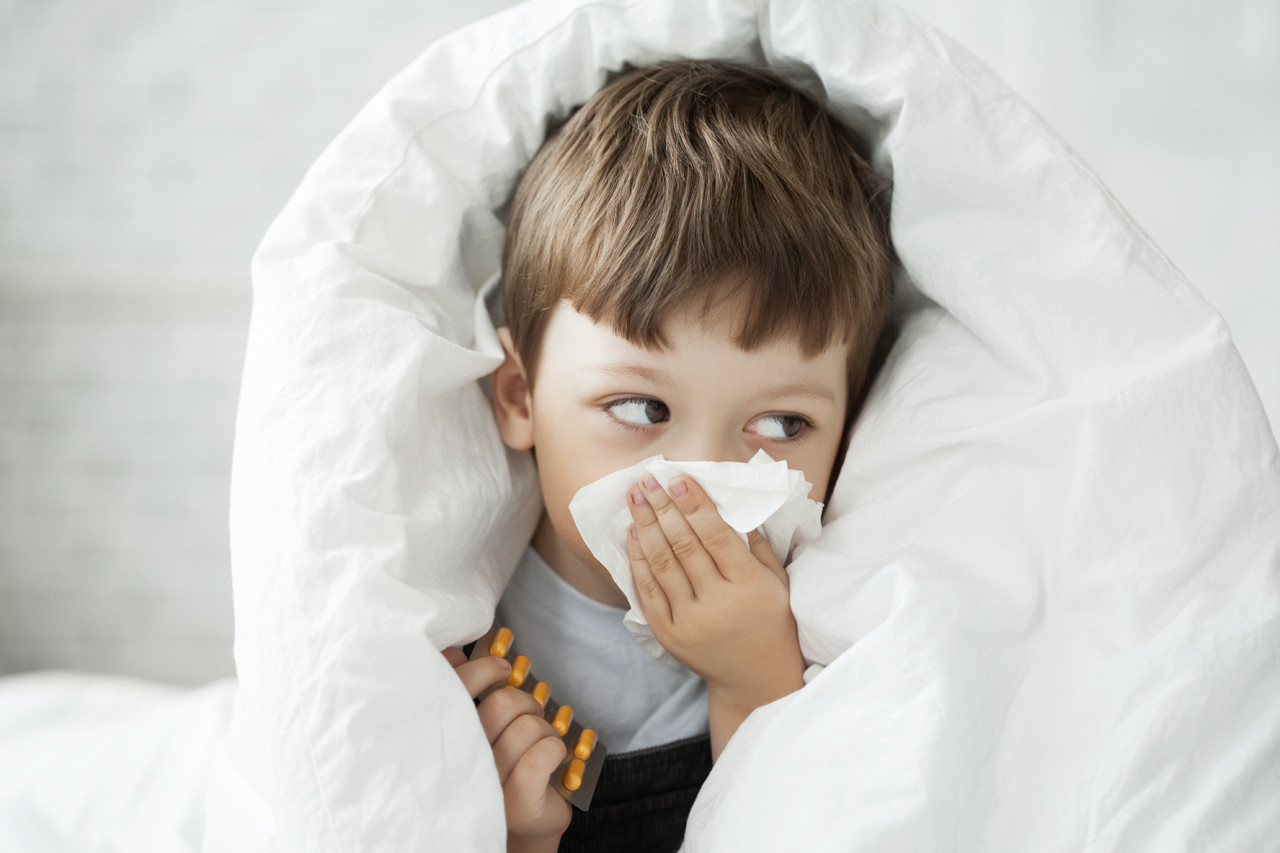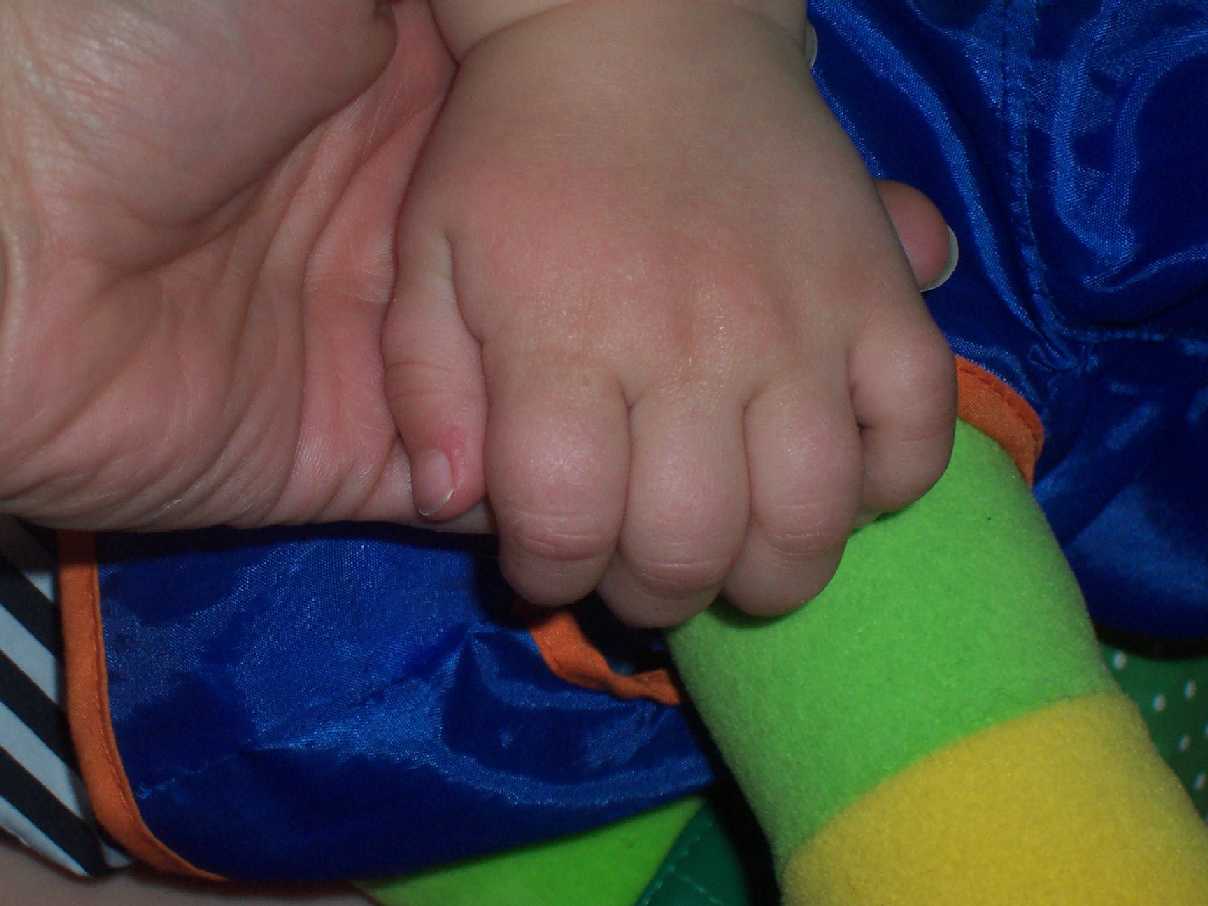How To Manage Juvenile Rheumatoid Arthritis
Rheumatoid arthritis is an autoimmune inflammatory disease that usually affects adults later in life, however there are many children aged 16 and under living with juvenile rheumatoid arthritis (JRA). JRA affects children’s bones, which begin to deteriorate with swelling around the joints from an early age. Girls are more likely than boys to be afflicted by JRA. It primarily develops in children between the ages of 2-4, but is also common during the pre-teen and teen years. The exact cause of JRA is unknown, but it may be related to genetics and environmental factors.
Early, Cold-Like Symptoms

Many of the initial symptoms of JRA mimic a cold or flu. Your seemingly normal child may come home from daycare or school with a fever and extreme fatigue, which you assume is just a bug they picked up from their classmates. Or they may complain of being stiff and sore around their joints, which seems to resemble “growing pains.” These are all normal illnesses and growth stages for young children, however they can sometimes indicate JRA. A combination of symptoms that recur on a consistent basis may be an early sign of the disease. These symptoms include fever, swelling, joint pain, stiffness, chronic fatigue or lethargy, which require immediate medical attention. Diagnosing JRA early and then determining the right treatment plan to address these symptoms is vitally important.
Common JRA Symptom: Stiffness And Swelling

Children with JRA often have stiff joints, making it difficult to move positions or even make small movements like holding utensils. It is usually at its worst upon waking up and gets better throughout the day as the child moves. Upon waking up, the child’s limbs can be limp or will stay in the same position. Another common symptom is swelling or redness around the child’s stiff joints, which is a sign of inflammation. If a child’s joints feel warm to the touch or they complain of hot, searing pain, this is a sign of JRA. Swelling can last for several days or it may come and go, primarily affecting a child’s hands, knees and feet. Children might limp if the swelling and stiffness is in their knees and legs.
